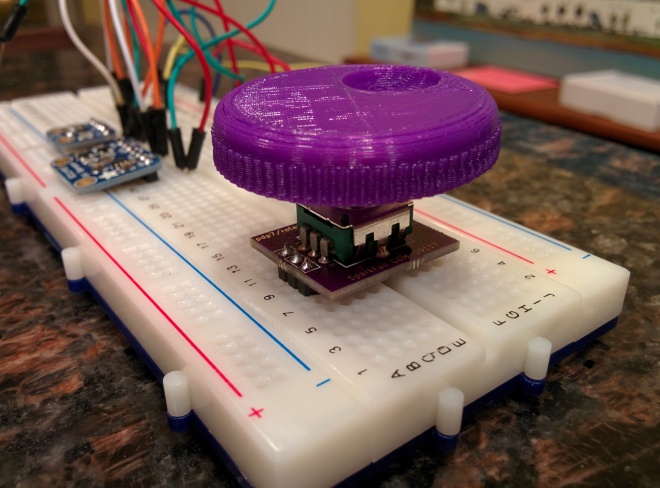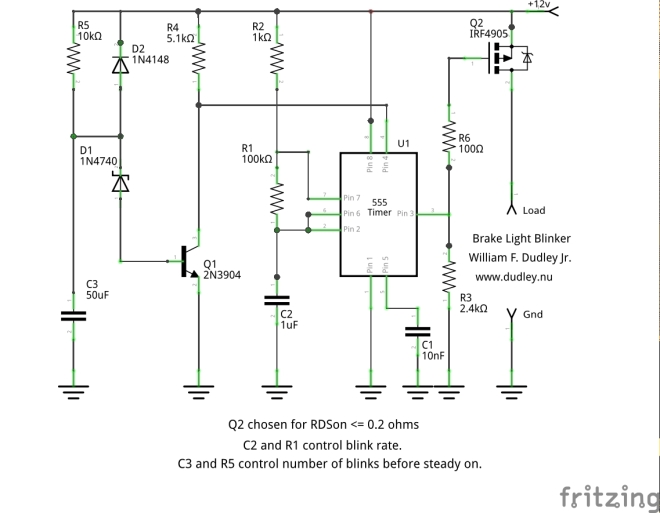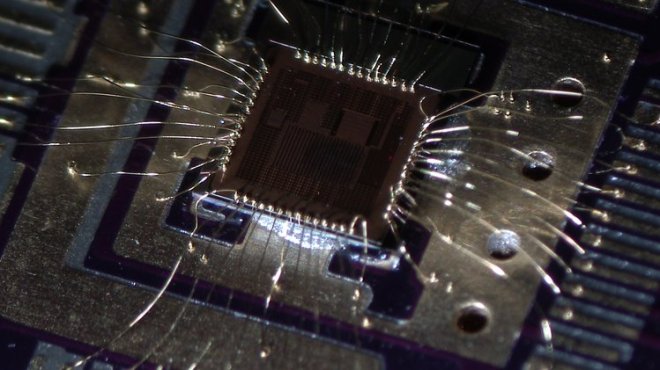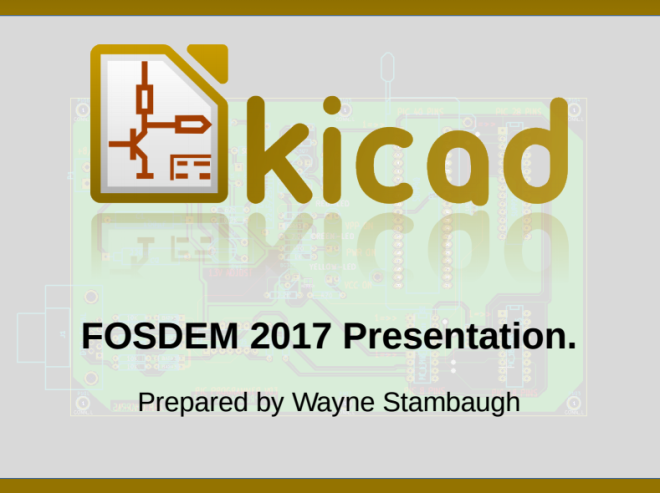Dan Hienzsch a holiday project to build a little Snowbot with an adjustable speed larson scanner for an eye:
Snowbot Ornament Project
When I started thinking of this project, I wanted to make something that included a bit of the basics and something more advanced. It had to be battery powered, and most importantly, I wanted to make sure it went against the grain of everything needing a microcontroller. Thus Snowbot was born.
Photos from the Hackaday.io project:
RheingoldHeavy has shared the board on OSH Park:






























